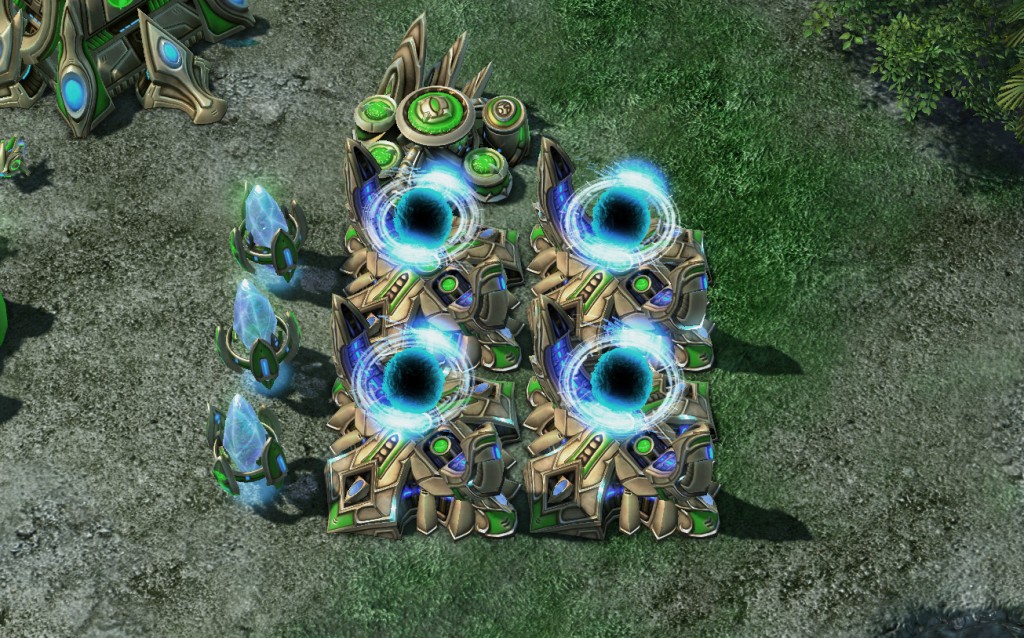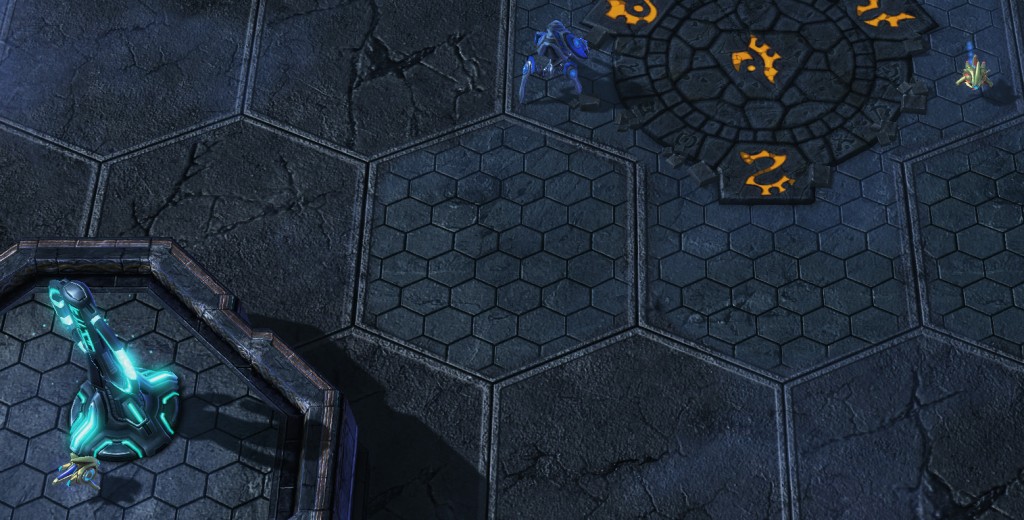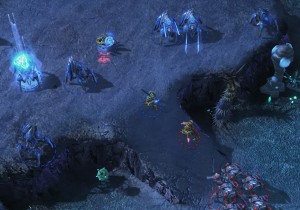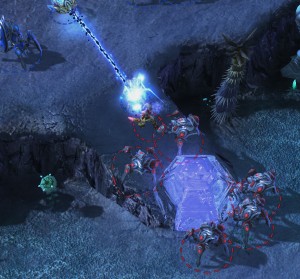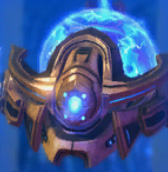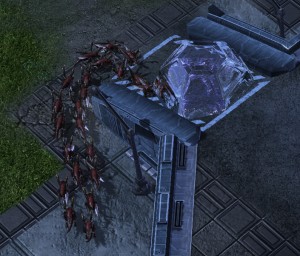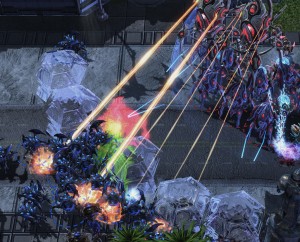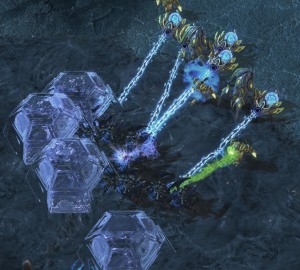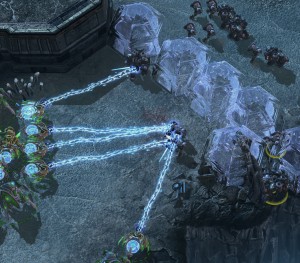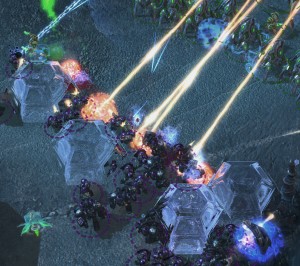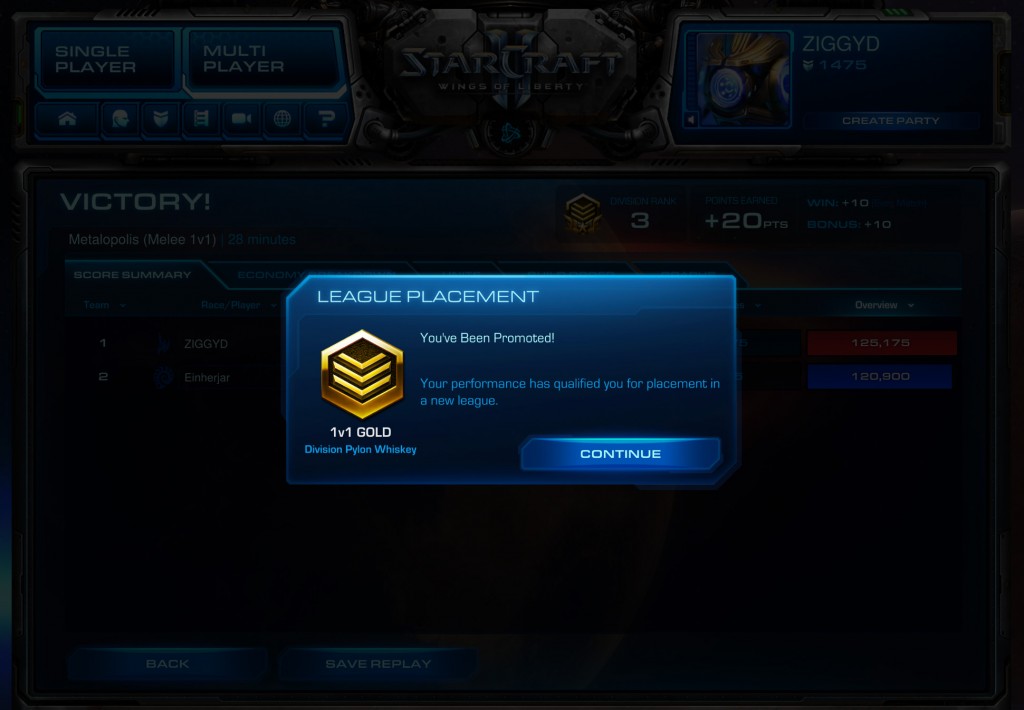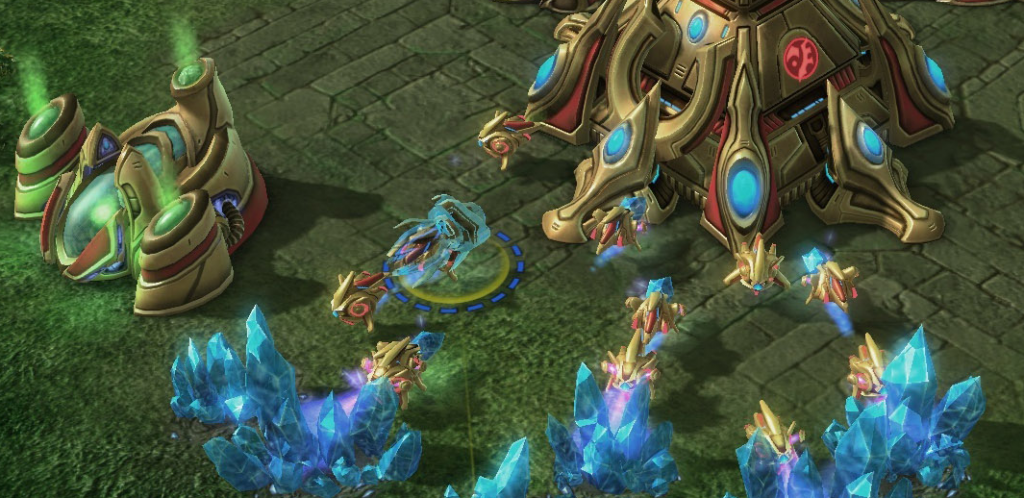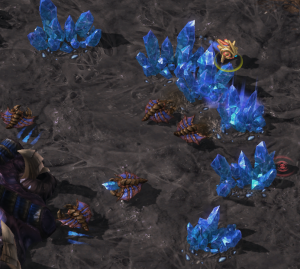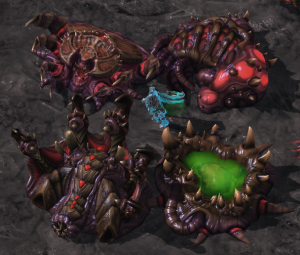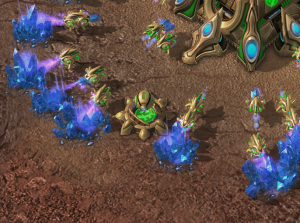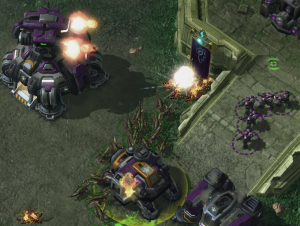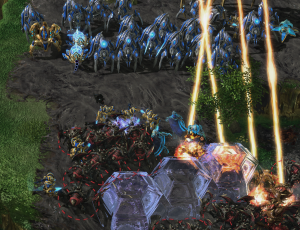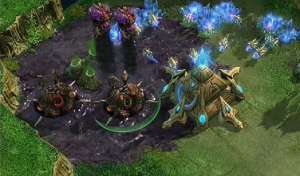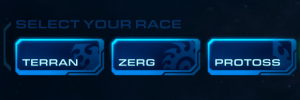In this article I interview and review an NA and EU Protoss coach, VoidRay.
I was first introduced to Protoss StarCraft 2 coach VoidRay by Eniram of SC2CheatSheet.com as a part of a promotion over there. I had a look at VoidRay’s profile over at TangStarCraft.com and his stream (that he shares with Tang) and was very intrigued by his unique coaching style and service offerings.

NA & EU Protoss Coach VoidRay
Interview
I think it is very important to know a bit about a coaches motivations and experience before you jump into a lesson and VoidRay fantastically agreed to do a short interview.
It takes a love of the game to get to Masters and want to teach other people, what makes you love Starcraft 2?
Well, it all started for my love of SC1. I wasn’t much of a competitive player, in fact I was awful but it never stopped me from playing. I always loved the feeling of a 1v1 knowing that the only way to win is to simply out play your opponent. In Starcraft 2, I found that my love for SC1 had transferred over quite well. I got placed into Gold league and worked my way up all the way to be a top masters player. Throughout this journey I was always teaching.
I am a proud member of clan Relentless Heroes and there I became the head Protoss Mentor being in charge of scheduling, mentoring, and even fun student vs student tournaments. I have always had a passion for teaching and I have been doing it almost my entire Starcraft 2 career. As for what makes me love this game, I love the endless possibilities and the competition.
How would you describe your play-style?
I would call my play-style “sneaky turtle toss.” I am not usually the one to be the aggressor in almost every MU but what I do like to do is obtain map vision and do a lot of Warprism and Pylon harass. I use aggression and map vision to allow me to know exactly when to tech and exactly when I need to make units. A quick example of this is in PvT, I will literally “take the map with pylons,” In almost every PvT I play, I send 2 probes out in different directions and place pylons around the entire perimeter of the map allowing me to not only have places to warp in almost anywhere, but also for the map vision it gives against drop play and army move outs.
You have mentioned on the TangStarCraft website that you are a Communications major – how do you feel this helps you provide a unique coaching experience?
I am going to be a Communications Major at Ithaca college which I believe will give me one of the greatest advantages as a coach. My theory is that you don’t have to be the best player in SC2 (within reason) to be able to coach, but some “best” players, can not coach. What I mean by this is even if you are incredibly good at this game it doesn’t mean you can articulate the points needed to be able to help out someone at lets say a gold level.
Personally, I am not the words greatest SC2 player, but what I do have is a unique way of coaching that I believe sets me apart from the rest. I take a very hands on approach to coaching, finding my student a partner and then I watch and critique. Throughout the game,I frequently pause to ask them questions such as, “You saw “X” so what does that mean to you?” I try to ask questions a lot instead of simply telling or barking orders because I think the best way of coaching is interactive. Although I do bark orders sometimes, I always make sure to go back and make sure they understand what they were doing whether during or after the game.
I also have a unique way of sharing my knowledge. I call it my “templates.” For lower level players or even higher level players, before a game sometimes I will play a game against a computer as they obs and I preform the build they want to learn to perfection. After I am done, they can simply save the replay as “PvT 1 gas fast expand template” and always be able to look back to see what they are doing right or wrong. I live by the theory that no matter how good you are it still takes an amazing teacher to be able to articulate all the points needed to improve at this game, and I for one believe that I have those skills to help provide the knowledge to be able to improve!
LearningSC2.com is specifically tailored to beginners – how do you feel coaching can help a newer player? Where does it fit into the learning process?
I think coaching is one of the best ways of becoming a better player in SC2. With that being said, there is actually one kind of player that I will not coach, and that is a bronze league player who has close to zero games played or a brand new player. Why? Well, its quite simple. Just like any sport you need to practice. I have no problem coaching a bronze who is having trouble getting out of bronze and ladders frequently, but what is the point of coaching if with 20 games of just playing on ladder you would have figured all of that stuff out anyway?
But excluding that, I believe coaching is an unbelievably effective way to raise your skill level. Having the opportunity for someone to watch you play and see you in a completely different way than maybe you see your play is simply an amazing opportunity. I would recommend coaching especially to lower level players who appear to be in a rut. We have all been there, unable to advance on ladder and not knowing why. This is the perfect opportunity to get coaching. Overall, I believe newer players and beginners can benefit from coaching but that practice is also an essential way of improving your skills!
Review
Before our coaching session VoidRay and I had a bit of a chat over Skype about what I would like to work on. Lately I have really been struggling with Protoss vs Protoss especially early and mid game scouting and decision making. We agreed that the best way to do the session would be to have me play a series of games against similar-level Protoss players where he would commentate on my gameplay.

Credit: http://www.sc2-strategy.com/
The Coaching Session
When the session kicked off VoidRay already had a player lined up for me – Kommissar. So we jumped straight into the first game with no time wasted.
Before each game VoidRay would run through a few things I should look out for in general and on the current map. During the early game he would comment on my scouting and note what I had seen. This was particularly good as it helped me actually take notice of some of these things.
At critical points during each game VoidRay would pause the game to discuss what I had scouted, the implications and give me a few choices on how I should proceed with the game. The best part about this pause method is that it really showed me when the critical parts in each game were.
For example, in one game VoidRay paused when I spotted my opponent had their expansion up well before me. We talked about the relationship between my tech advantage and my opponents economic advantage. This point in the game was one of those key decision making points in the game where I often struggle with this match-up. He explained that I had the option to either push with my tech advantage, expand and catch up in economy or do a combination of both.
After each game we spent a few minutes reflecting on the points in that game that contributed to the loss or win. He ran through the key errors each player made and the advantage each of us had and how we utilized (or squandered) it. I find VoidRay’s focus on advantages to be very helpful – StarCraft 2 is a game that is all about gaining, maintaining and using whatever advantage we can to win.
At the end of the session VoidRay likes to do what he calls “templates” where he will give a demonstration game against the AI to provide a replay template of a build to use. I used this as an opportunity to see how I should steer a standard Robo-build if I scout a Phoenix opening and this was helpful. VoidRay’s “templates” is a neat little addition to his overall service and should be pretty helpful to players looking for more build replays to learn from.
Coaching Style
In our session VoidRay went for the ‘in-game commentary’ coaching style which was well suited to the problems I was having. Having real-time feedback was a great way to learn what to look for when scouting and how to react. The addition of the pause discussions helped when there was a more complex decision to be made.
As per his profile over at TangStarCraft.com VoidRay also offers ‘replay analysis’ and ‘commentary on his own matches’. That he recognizes that different players and problems will require different coaching styles is a huge plus in my mind. Too many coaches focus on only one style of coaches and if it’s not right for you then find a different coach.
Overall Value
I could tell that PvP was also VoidRay’s weakest match-up but this never impacted his ability to coach me on it. He had more than enough knowledge and experience to help me with my issues.
Our session ended up going for an hour and five minutes and I got the feeling that he would have stuck around for longer if I had more questions. It never felt like he was rushing the session even though he was feeling somewhat ill, a pretty good effort in my books.
Additionally, VoidRay streams all of his coaching sessions through Tang’s Twitch.tv stream (unless you request otherwise), so you have the option to watch the whole session again if you missed anything. You can even check out the VOD for our session here.
I had really hit a wall in PvP before my session with VoidRay, and although I feel like I haven’t quite scaled that wall I think I now have the tools to do so. A coaching session with VoidRay is easily worth the (relatively low) hourly rate and if you are still unsure he even offers a half-hour trial session for only $5.
You can read more about VoidRay’s coaching over at TangStarCraft
To arrange a coaching session contact him at: voidraycoaching(at)gmail.com
(NA and EU regions)
If you’re a coach and are interested in being reviewed on LearningSC2.com please contact me!
More Coach Reviews LearningSC2.com >>>




